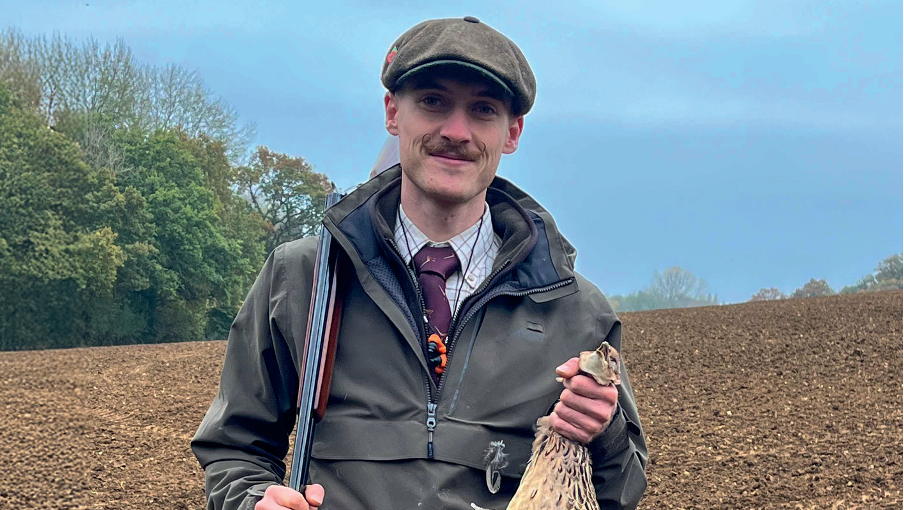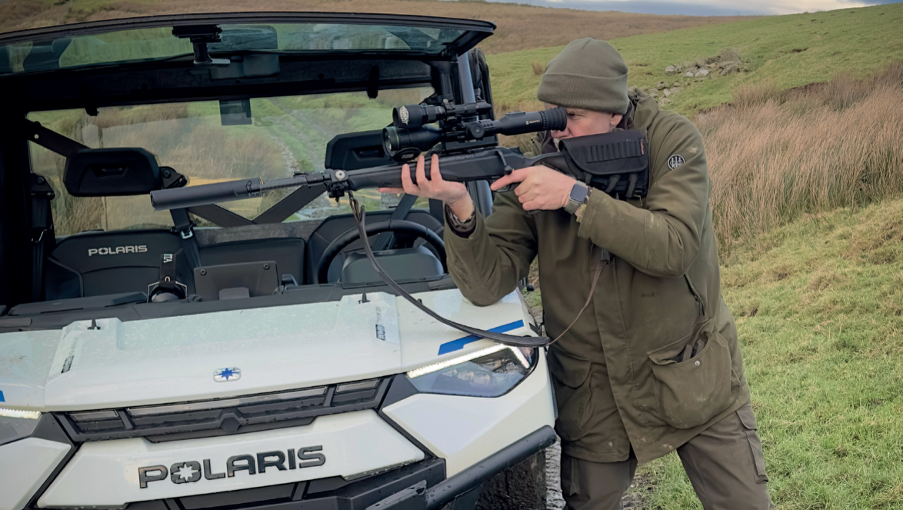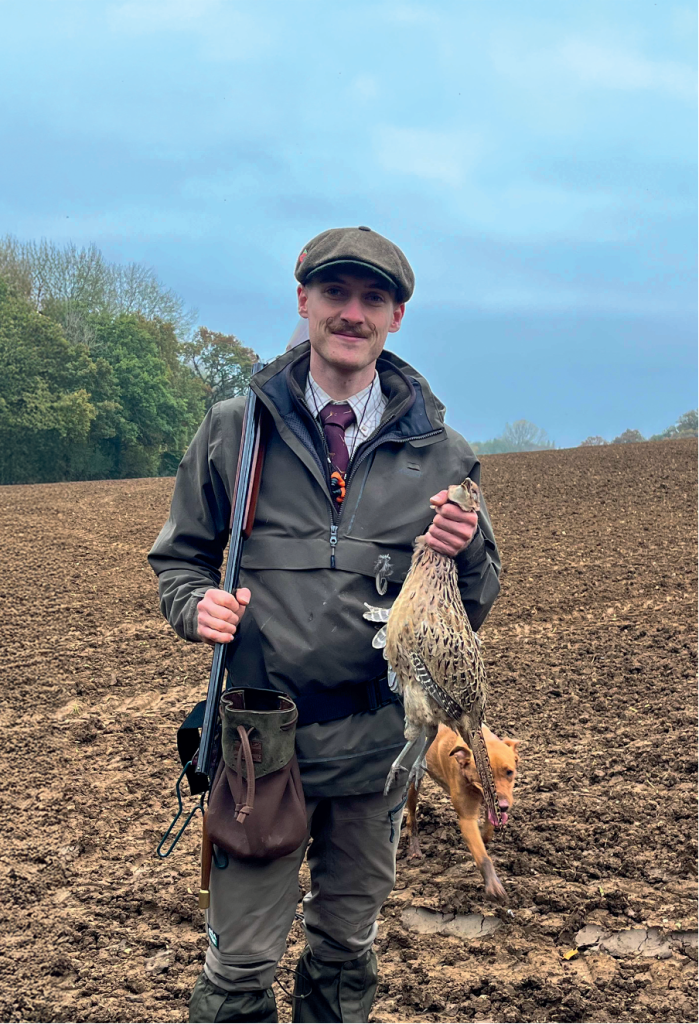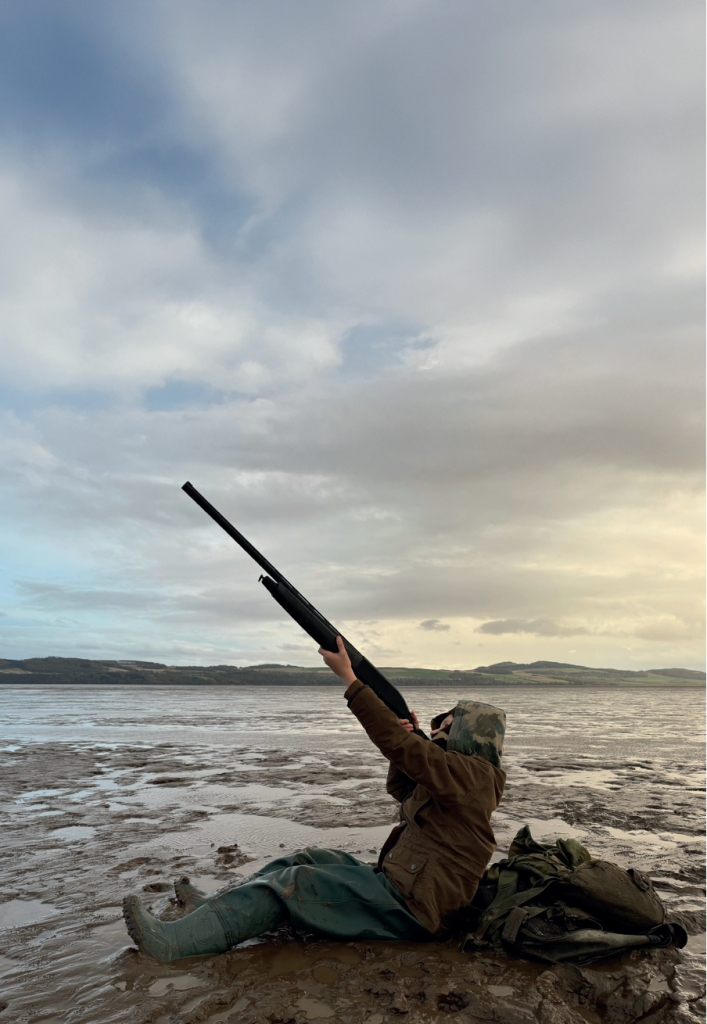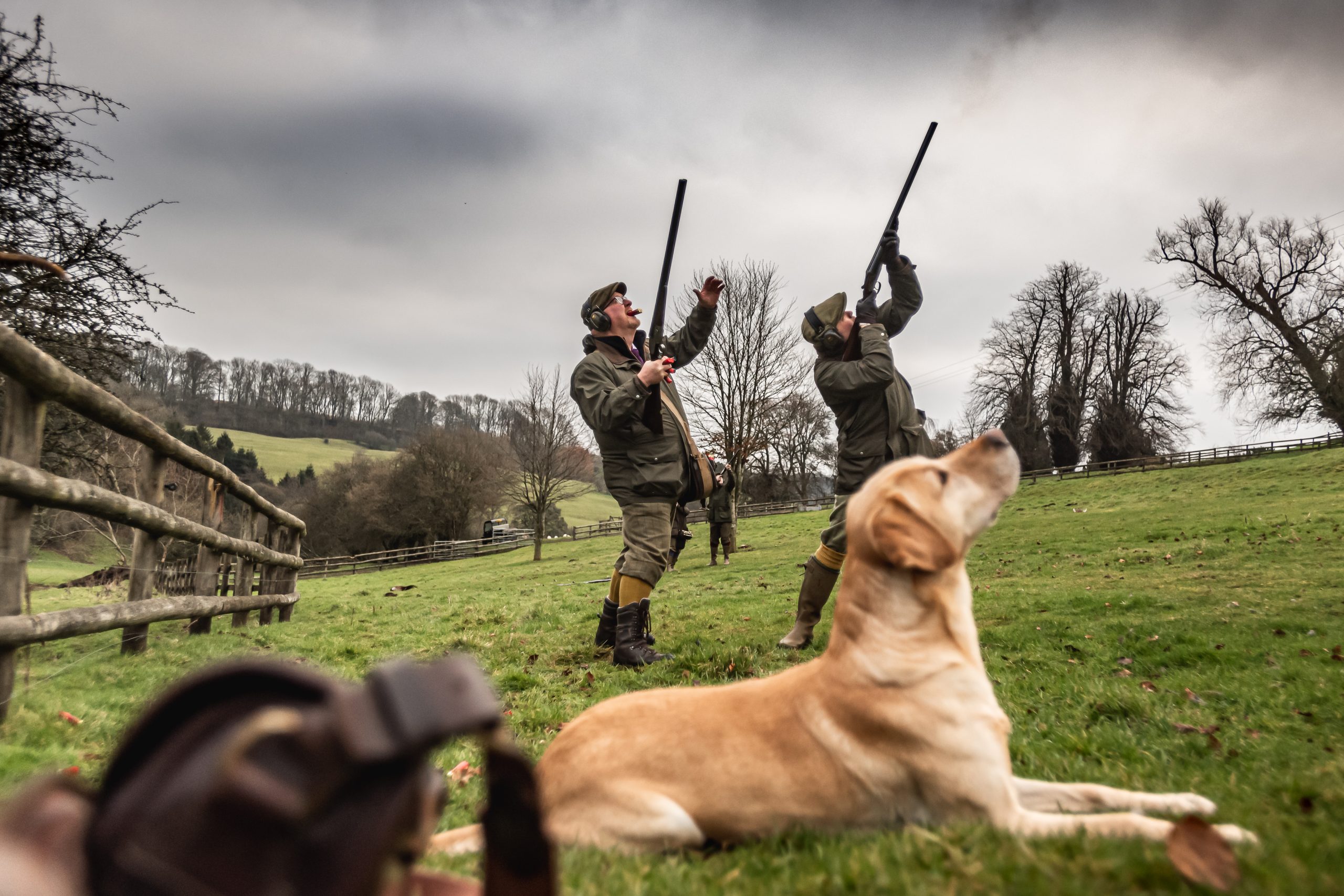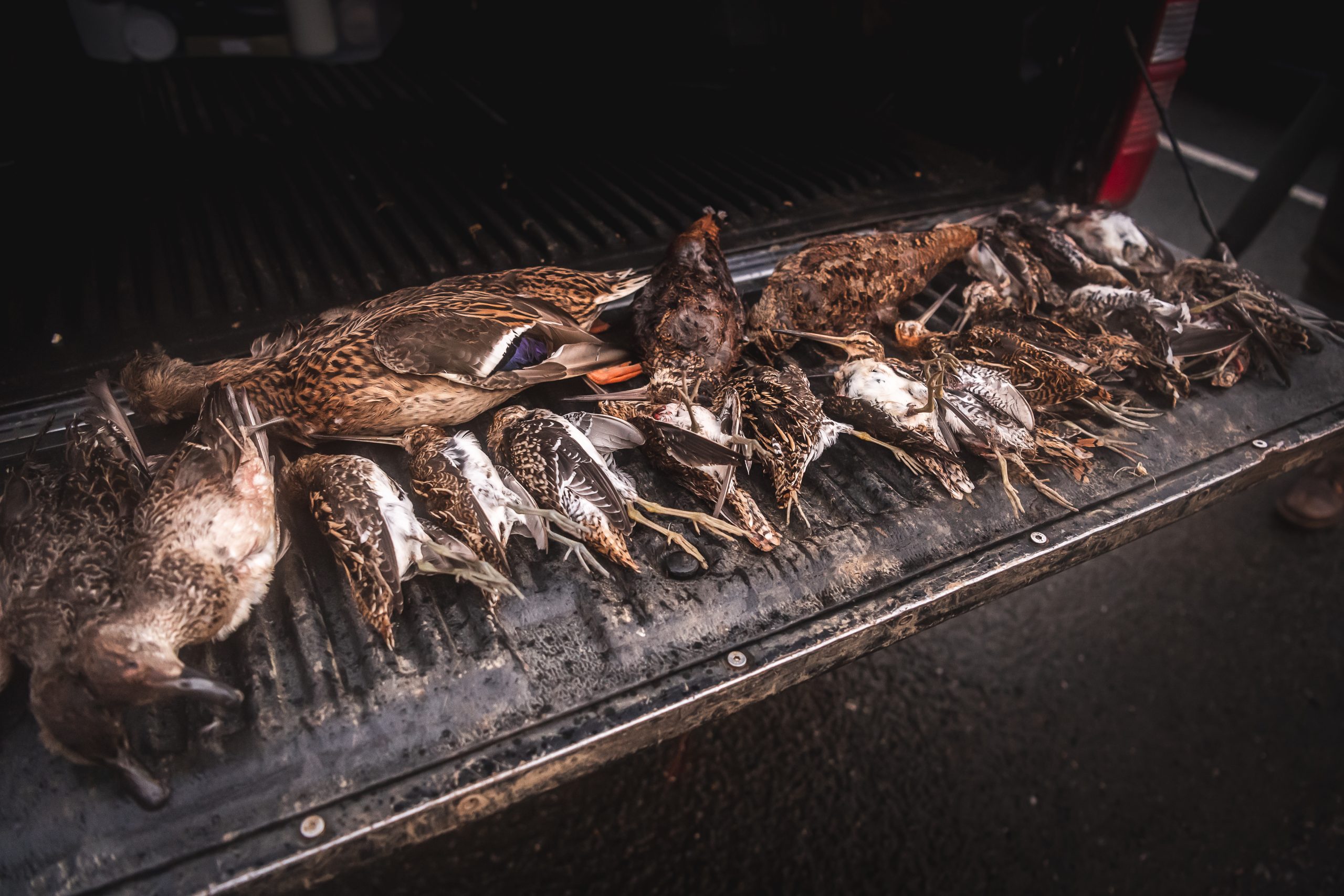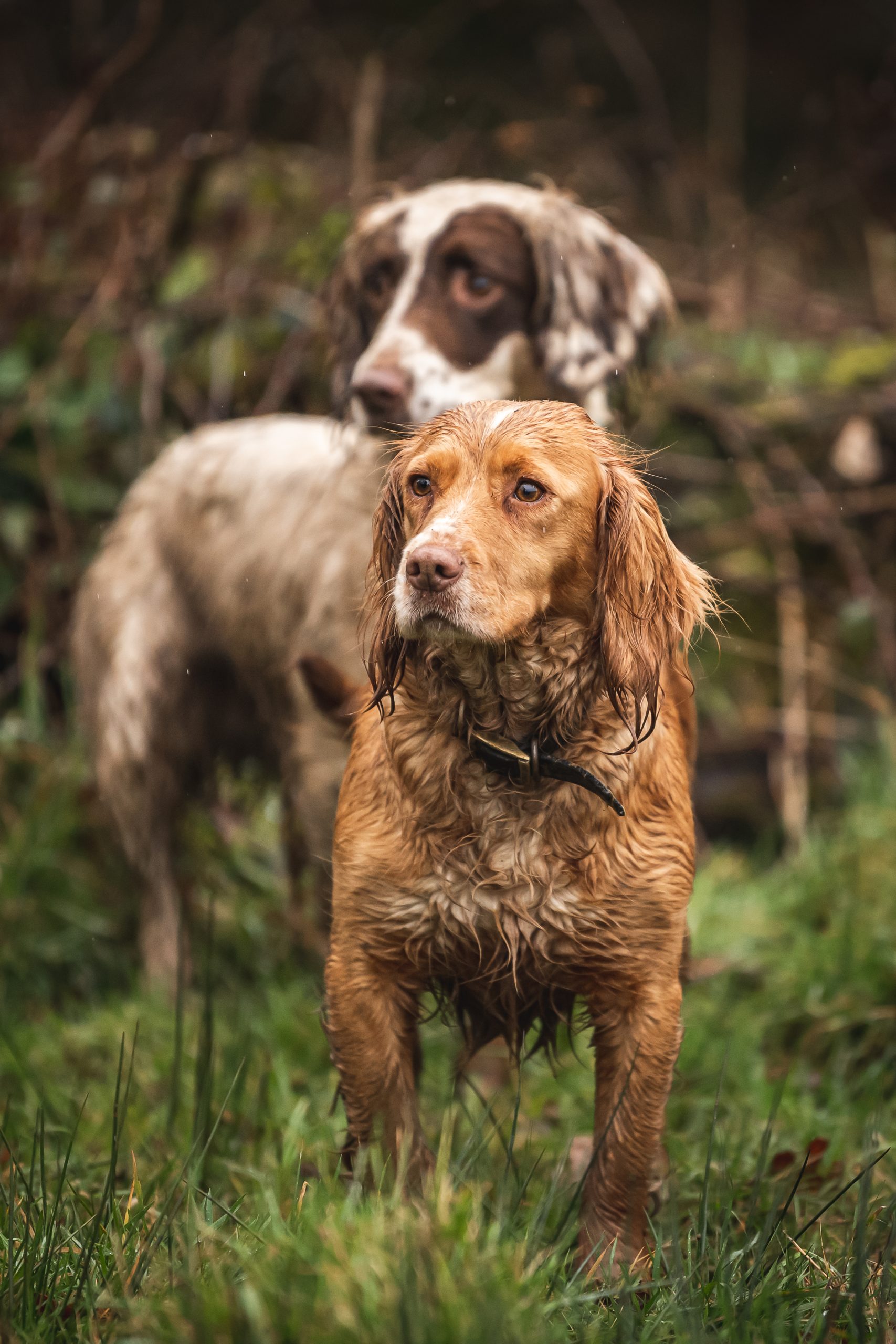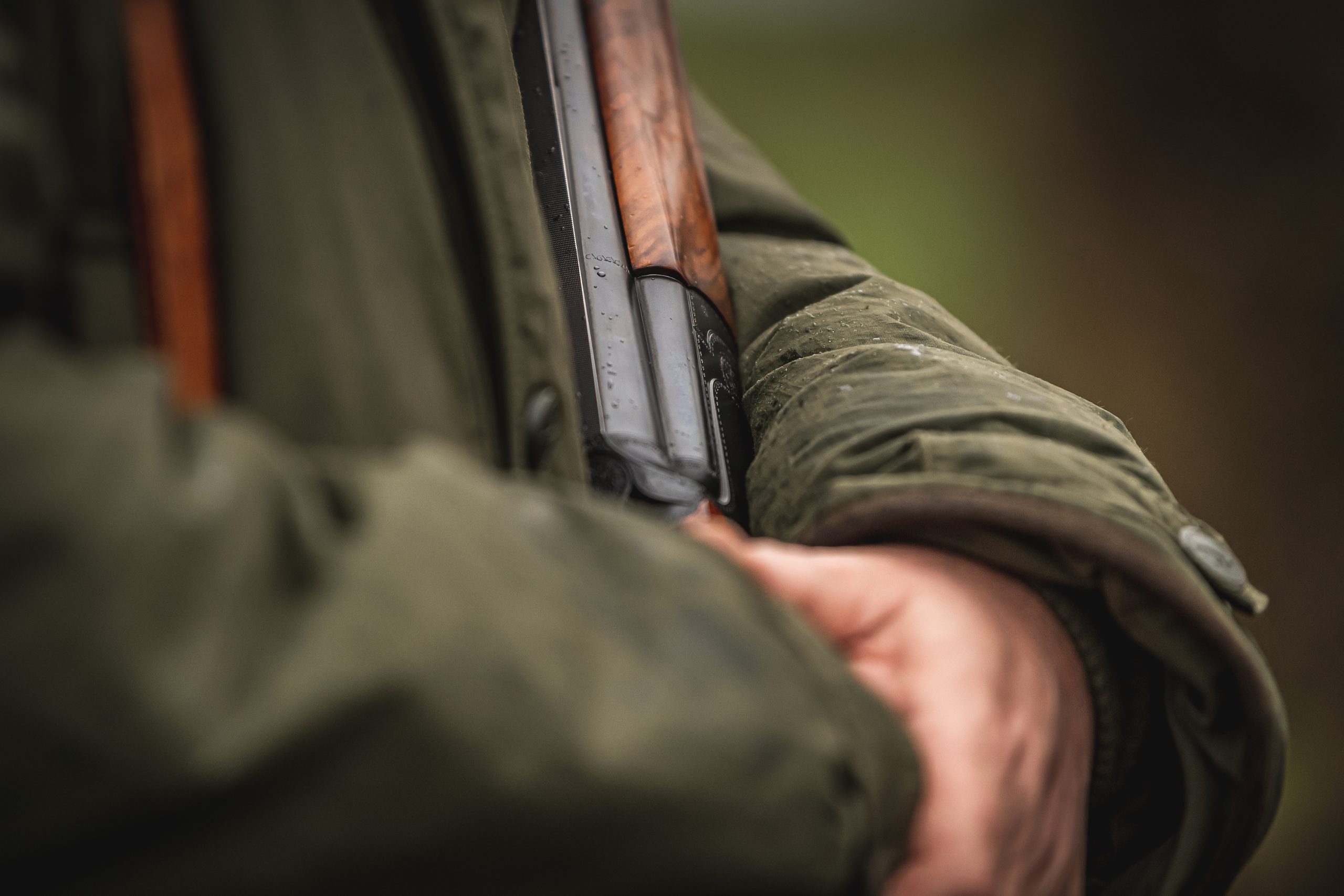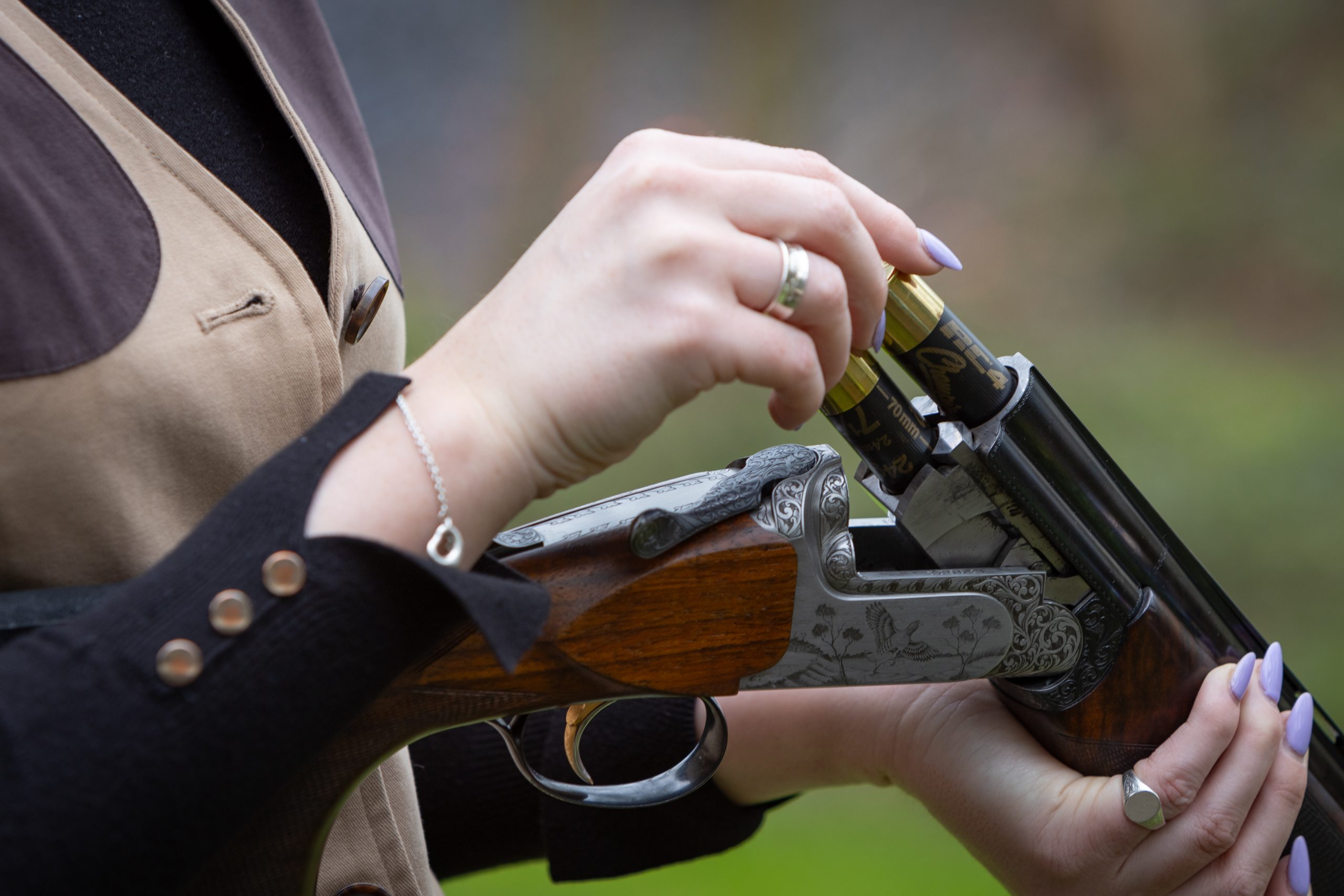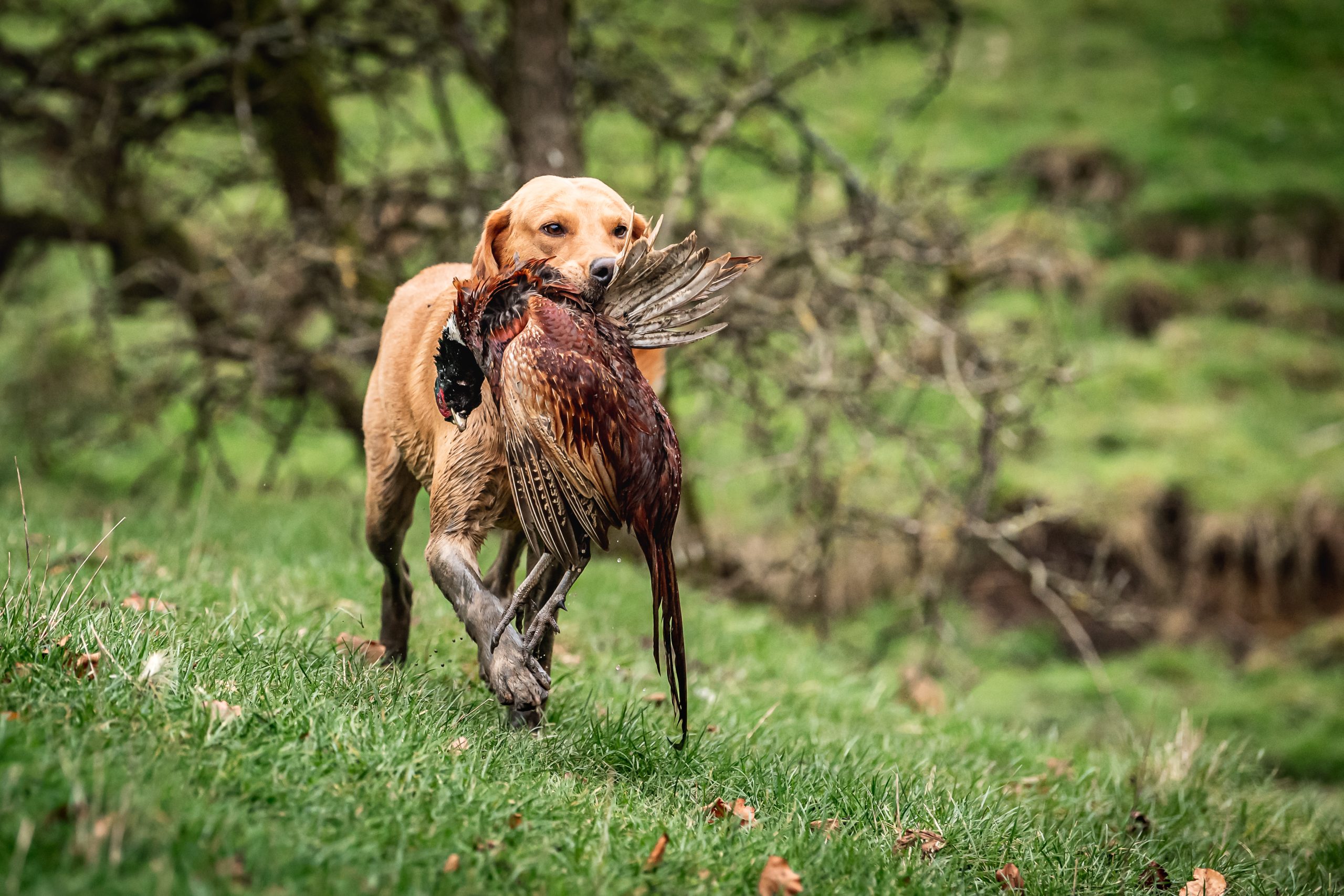Shooting
A bog-standard Purdey
Would you like to appear on our site? We offer sponsored articles and advertising to put you in front of our readers. Find out more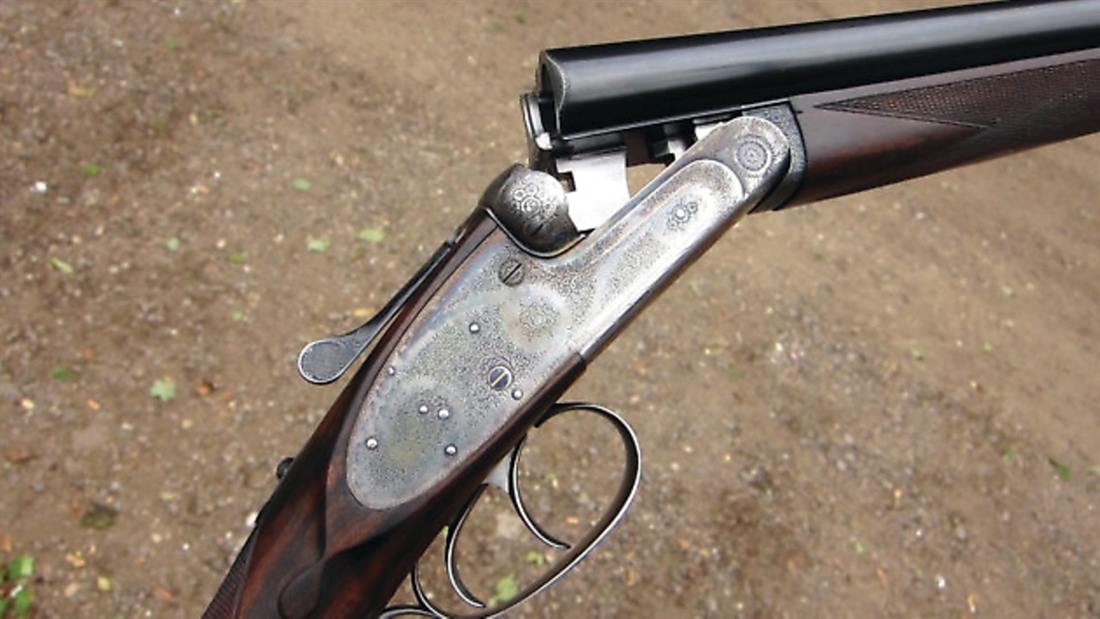
With no barrels and no stock, will a Purdey that is discovered in a police station in Ireland be salvageable?
This story could surely only come from Ireland. It is almost in the spirit of the Darwin awards but, happily, nobody died on this occasion, though financial self-destruction on this scale has something heroic about it, to be sure.
Purdey 28297 is a 20-bore side-lock ejector with 28” barrels, unusually chambered for 3” non-magnum cartridges and engraved by Steve Kelly in 1978. It was the property of a wealthy Irishman until one night in 1986, when his house was burgled and the Purdey disappeared into the darkness in the firm grip of a republican gangster.
One can almost picture the scene: Paddy and Murphy sitting in the kitchen with £50,000 worth of London’s best gun-making on the table, trying to decide how best to make some money for the cause. Then a lightbulb goes on in Paddy’s head.
“I know, let’s cut the barrels off, and the stock and make it into a pistol,” he says. “Then we can rob the post office.” This they do, netting €1,000. Having made their fortune, they wrap the Purdey in a plastic bag and bury it in a bog.
Years later the Purdey is found by the Garda and stuck in the back room of the local station, now officially the property of the Royal Insurance Company. A friend of mine was in Dublin fishing last year and heard of it through a local gun dealer. Discussions were had and a price agreed and the remnants of the gun were handed over in a Tesco bag in exchange for €800.
A few days later, the bits were arranged on my gunroom table and accompanied by the question: “Can you put it back together again?” Well, can I? This is a tricky one. Sometimes you have to know when a project is too far gone to touch: when each further expense invested in the gun is actually throwing good money after bad.
To start, we have to evaluate what there is. As we all know, a gun is a composite of some basic parts so we shall evaluate them in order:
Locks. They are gold washed and properly polished and the benefits of that process are clear. The complex Purdey self-opener is working perfectly and very little rust or pitting can be seen in the internal movements of the gun.
Action. Externally, rust has done its damage. The deep Ken Hunt engraving is pitted and worn off in places. The major concern is whether it can be picked out and welded to restore freshness to it. If not, the rest of the job makes no sense.
Stock. Cut off at the wrist, it is now scrap. A new stock will cost £5,000.
Barrels. Sawn off eight inches from the muzzle, they are scrap but could be sleeved. The remaining section is pitted externally. Sleeving will cost £3,000 to do it properly, it will need new ribs, and re-barrelling will cost £5,000.
Furniture. The trigger guard is rusted beyond repair. Everything else should survive.
To have Purdey do the work is out of the question, with barrels costing £18,000 plus VAT and a stock £12,000 plus VAT. We are going to need to use trade craftsmen and would still be faced with a considerable bill: At least £1,000 to anneal the metalwork and pick out the engraving, £5,000 to re-stock it, £5,000 to re-barrel it (or £3,000 to sleeve it) and £2,000 for incidentals like a new trigger guard and more engraving.
The gun would then cost £13,000, which is a few thousand less than a Purdey 20-bore of this vintage would be to buy. For the client, it offers the opportunity to have a 20-bore Purdey with his bespoke dimensions, barrel length and chokes.
Decisions to be made. The key to it all is the success of any possible restoration of the exterior. Time to make a few phone calls and see what gunmakers in the trade think of it as a project. This would be an expensive one to get wrong.
Related articles
Driven
Vegan to hunter
Emily Damment tells the extraordinary story of one man’s transformation from full veganism to harvesting his own wild meat, with plenty of lessons to learn along the way.
By Time Well Spent
Wildfowling
Generation game
James Green recounts an unforgettable week of wildfowling on Scotland’s Tay estuary, where three families shared the joys, challenges and triumphs of outdoor adventures
By Time Well Spent
Manage Consent
To provide the best experiences, we use technologies like cookies to store and/or access device information. Consenting to these technologies will allow us to process data such as browsing behavior or unique IDs on this site. Not consenting or withdrawing consent, may adversely affect certain features and functions.
Functional Always active
The technical storage or access is strictly necessary for the legitimate purpose of enabling the use of a specific service explicitly requested by the subscriber or user, or for the sole purpose of carrying out the transmission of a communication over an electronic communications network.
Preferences
The technical storage or access is necessary for the legitimate purpose of storing preferences that are not requested by the subscriber or user.
Statistics
The technical storage or access that is used exclusively for statistical purposes.
The technical storage or access that is used exclusively for anonymous statistical purposes. Without a subpoena, voluntary compliance on the part of your Internet Service Provider, or additional records from a third party, information stored or retrieved for this purpose alone cannot usually be used to identify you.
Marketing
The technical storage or access is required to create user profiles to send advertising, or to track the user on a website or across several websites for similar marketing purposes.

